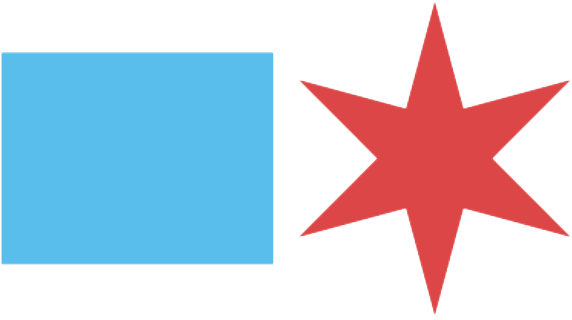79th Street Corridor Plan

The 79th Street Corridor Plan was adopted by Chicago Plan Commission on April 17, 2025. Authored by the Department of Planning and Development (DPD) in collaboration with Regional Transportation Authority (RTA) and community organizations, the plan seeks to improve properties adjacent to the corridor in Auburn Gresham. The plan is the product of community meetings led by the Greater Auburn Gresham Development Corp. and professional consultants.
Public feedback collected from design exercises, roundtable discussions, steering committees and neighborhood presentations informed the plan's proposed land uses and public space improvements. DPD thanks the hundreds of meeting participants who contributed their time and ideas to this process.
Plan Background
The 79th Street Corridor Plan represents a community-led vision to revitalize commercial activity along 79th between Ashland and Vincennes Avenues, and along Halsted Street between 77th and 83rd streets. The plan is intended to complement recent and pending investments in the Auburn Gresham Healthy Lifestyle Hub, two mixed-use housing projects, a Save a Lot grocery store, and a planned Metra station, among other improvements.
The plan includes goals, objectives and zoning recommendations for six land use categories within the study area:
- Housing Infill
- Neighborhood commercial centers
- Commercial transition
- Public/semi-public/institution
- Parks and open space
- Transportation utilities
Properties along the corridor have the potential to be used for commercial, mixed use and residential purposes that were envisioned in the Auburn Gresham Quality of Life plan published by LISC in 2016. The plan also addresses additional issues including streetscape and transportation improvements, support for existing businesses, interim uses for vacant lots and other local needs.
The public outreach process included nine community meetings with more than 100 participants.

